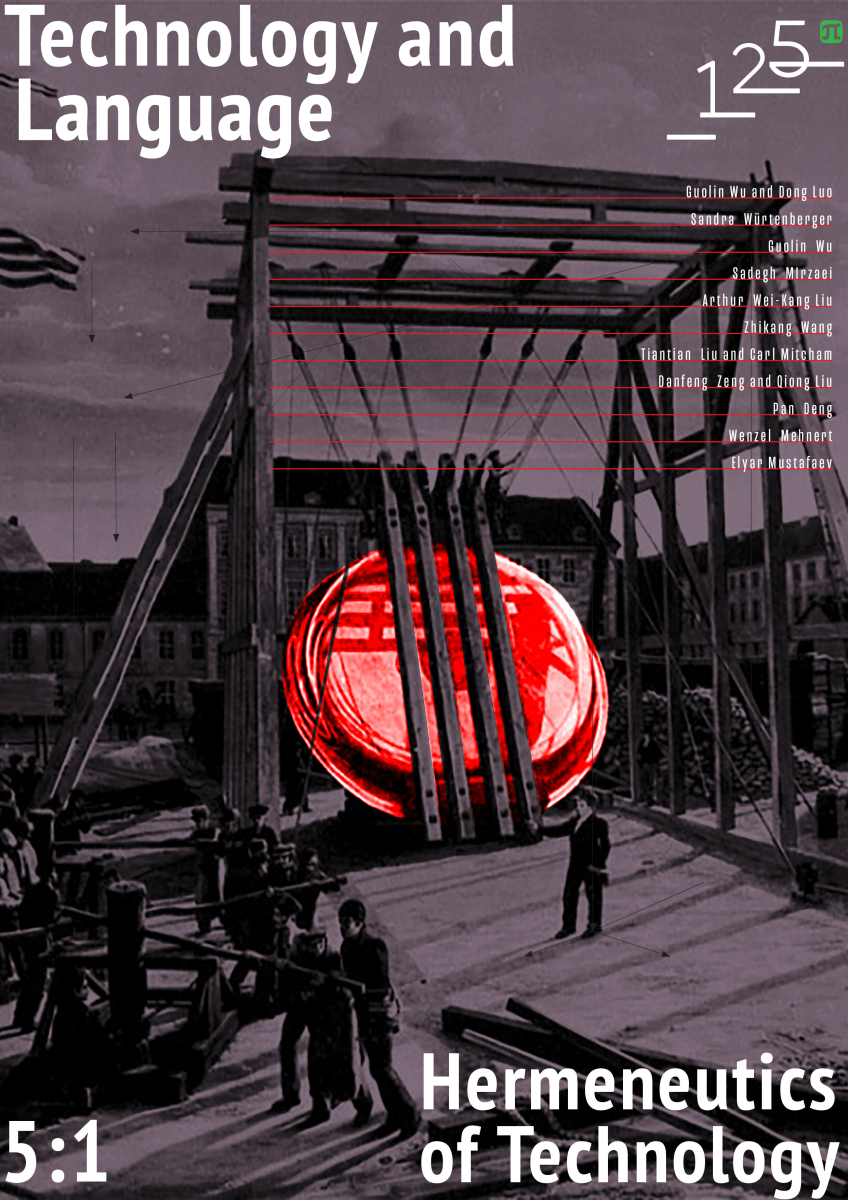Visualizing the Composition: A Method for Mapping Inscription and Instruction
How are instructions mediated by technical artifacts? What role does technology play? From a Latourian perspective, these questions have to do with composition. The purpose of this article is to review Latour’s approach to Science and Technology Studies (STS) and, more specifically, to review and assess his visualization practices. According to Latour, science and technology are not two separated domains. Scientific facts are obtained through cascades of mediation of heterogenous components, and the manufacture and use of technical artifacts is a co-action by humans and non-humans. Latour’s STS approach contributed toward the development of Actor-Network-Theory (ANT), which seeks to provide performative narratives of things by tracking their traces and transformations. These analyses reveal a key concern of the composition of things. For Latour, everything that occurs in the world is a hybrid assembly composed by humans and non-humans; we therefore need proper methods to map out the associations clearly and gain a better understanding. Along with attempts to develop theoretical analyses, Latour has also conducted visualization practices to perform the interwoven nature of things. I argue that visualization practices, which are endowed with performative power, can be treated as a supplement to STS research, functioning as a practical method of ANT to show how things are composed and, conversely, providing more cases for theoretical analysis.



